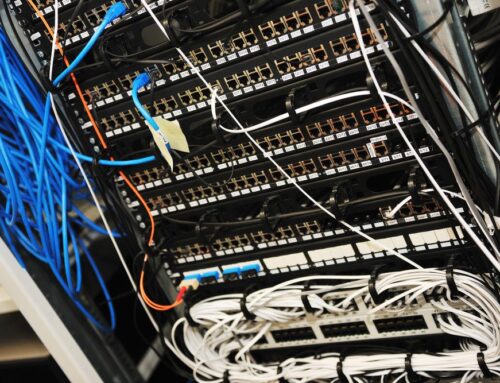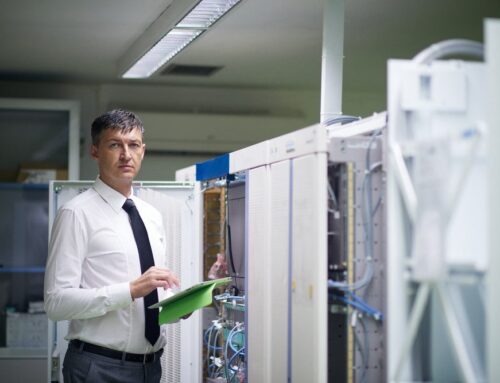Every industry is being urged to develop environmental sustainability standards, and the data center service industry is no exception. According to Ciena.com, a single average-sized data center consumes an amount of energy equal to that of a large commercial office building. With this in mind, it becomes clear that those in the industry have to become actively conscious of the impact they are making on the environment. More than that, they need to seriously evaluate their own usage and emissions.
What Real Steps Need to Be Taken?
It is not enough for data center owners and managers to make changes that they individually deem acceptable. Specific regulations have to be set and maintained in order for proper change to be affected. A set of metrics must be agreed upon. But how should these metrics be determined? Different voices with their own agendas all call for different environmental aspects to be tracked.
Paul Lin — Research Director and Schneider Electric’s Science Center — and Robert Bunger — Program Director in the CTO office at Schneider Electric — propose a method of measuring and reporting metrics in their paper, ‘Guide to Environmental Sustainability Metrics for Data Centers.’ They suggest that having metrics spelled out for data center managers to record will make it easier to understand the influence that the industry has on the environment and compare performance between data centers.
Steps for Optimization
Lin and Bunger outline the basic steps that should be taken in order to accomplish the collective goal of reducing environmental harm. First, goals need to be set and metrics, frameworks, and standards need to be agreed upon. Once those steps have been completed, action can be taken to minimize emissions. Once changes have been made, performance can be monitored and adjusted as necessary.
Stages to Net-Zero
The World Business Council for Sustainable Development recognized three distinct stages or levels on the journey towards net-zero carbon sustainability — beginning, advanced, and leading. Using these stages, Lin and Bunger outline how five metric categories can be prioritized and utilized on this journey to net-zero. The five metric categories include energy, land and biodiversity, greenhouse gas emissions, water, and waste.
- Beginning: The beginning level emphasizes basic reporting on energy and water usage. Greenhouse gas emissions are also to be monitored.
- Advanced: This level includes more comprehensive benchmarks for energy, water, and gas emissions while also incorporating waste.
- Leading: The leading stage builds on the detail for the aforementioned categories. It also introduces the land and biodiversity category.
Lin and Bunger go on to elaborate on the key metrics and what specific measurements can be taken such as total energy consumption, water usage effectiveness, waste landfilled, and more. For example, while water is essential for data center cooling, data center managers must be mindful of what is necessary and what is wasteful.
For more information on data center energy management and how you can maintain your data center ethically in a way that causes little harm to the environment, reach out to the professionals at LDP Associates.






